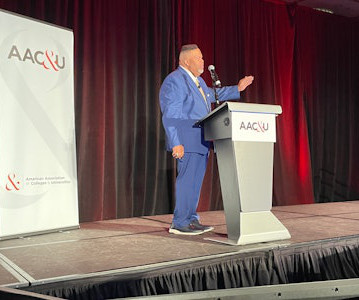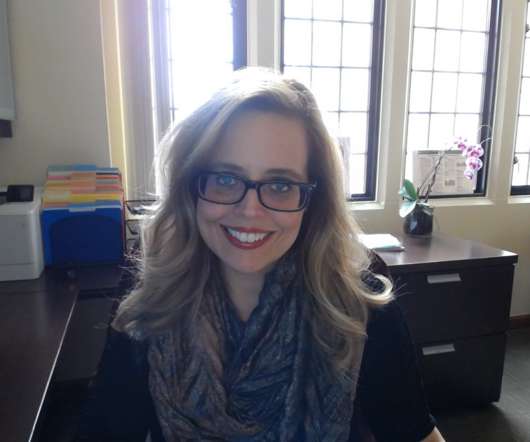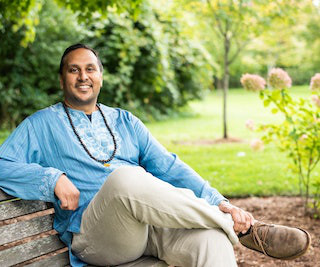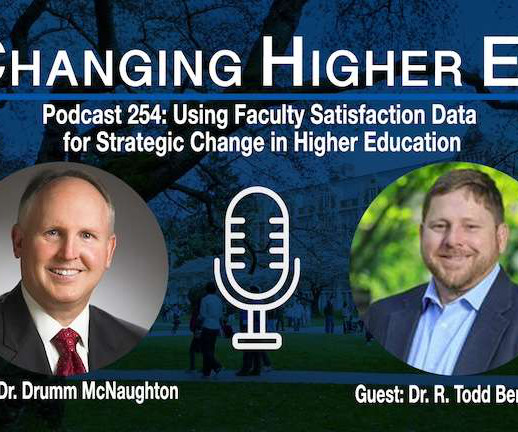Scholar-Activist Returns Home: Dr. Kala Burrell-Craft Named Dean of Grambling State's College of Education
Diverse: Issues in Higher Education
MAY 12, 2025
Grambling State helped shape the legacy of my own family, and I am honored to continue that legacy through a commitment to excellence, care, community, and equity." As a scholar-activist, Burrell-Craft has built her career around addressing educational equity in urban and rural contexts.

















Let's personalize your content